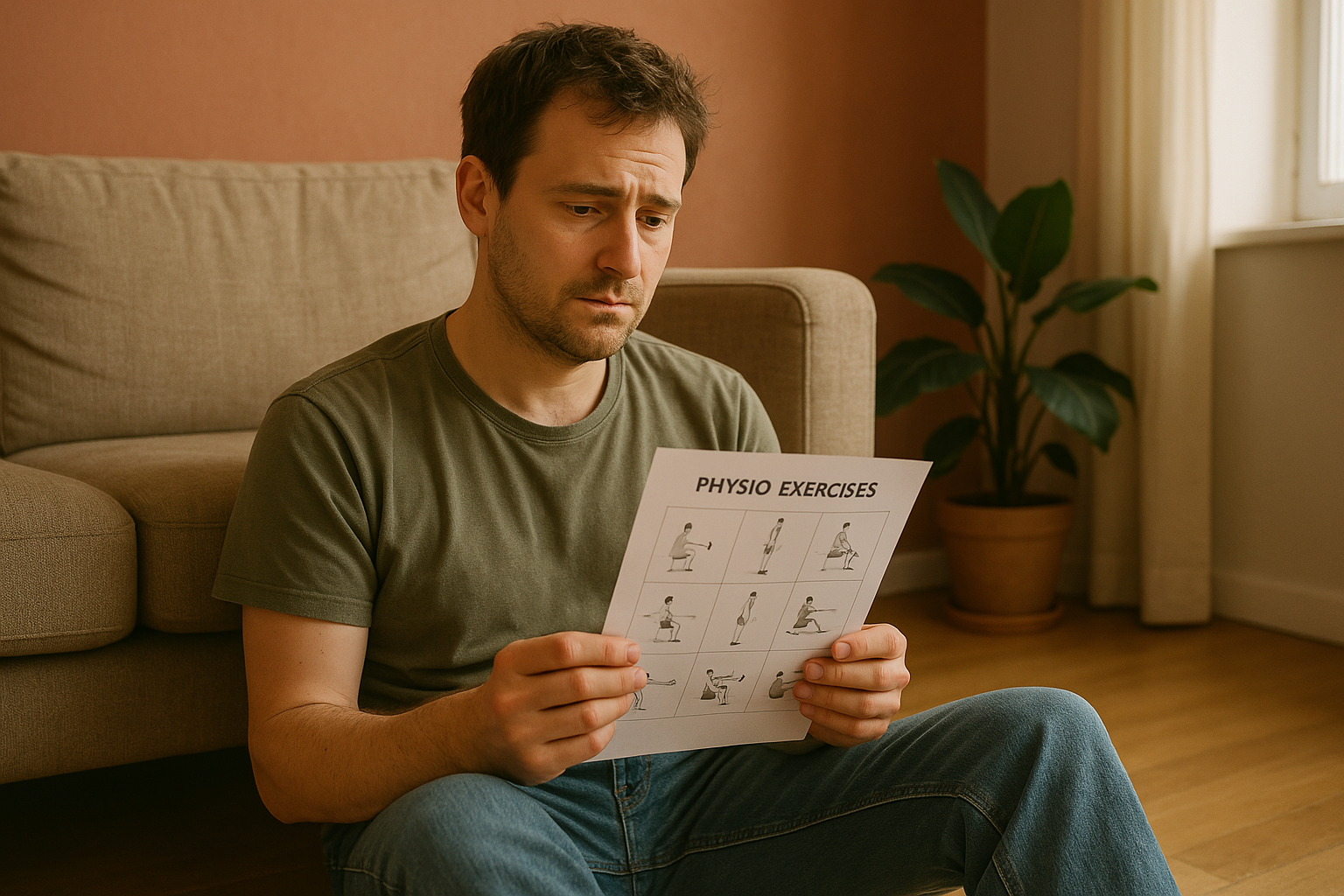What If I’ve Tried Physio or Massage Before and It Didn’t Work?
You’ve seen a physio. You’ve had massage. You’ve done the exercises. You tried. And yet… nothing really changed. You’re still in pain. Still unsure what’s going on. Possibly starting to feel like your body is just “a bit broken.”
But you’re not broken. You’ve just been let down by a system that no longer has the time, or the structure, to support hands-on care.
So how is Soft Tissue Therapy different?
Soft Tissue Therapy bridges the gap between clinical assessment and hands-on treatment. It’s not about routine relaxation massage, and it’s not just prescribing exercises (50-70% of patients struggle to complete physio exercises at home). It’s about understanding how your body is functioning as a whole, and where things are getting stuck.
I take time to assess your movement, listen to your history, explore what’s really going on in your tissues and nervous system, and adapt treatment in real time based on what your body needs that day. It’s responsive. Thoughtful. Collaborative. And for many people, it’s the first time they’ve felt properly treated, not just given advice and sent on their way.
Why didn’t the other things work?
It’s not because those professionals didn’t care. It’s not because you didn’t try hard enough.
It’s often because hands-on therapy is disappearing from our healthcare system, especially here in the UK. Within the NHS, physiotherapists are increasingly over-stretched, under-resourced, and required to practise in a more hands-off way. Many now see patients virtually. Others are limited to quick assessments and home exercise programmes due to time constraints.
And while exercise can be incredibly effective, it often isn’t, unless it’s paired with the right support. The reality is, most of us don’t stick to those sheets of exercises. Not because we’re lazy, but because we’re in pain, unsure what’s safe, and often overwhelmed. And without hands-on input, there’s very little feedback to guide the body toward change.
In addition to the lack of hands on bio-feedback, there are many understudied conditions such as hypermobility, which do not respond to standard rehab protocols as well as a ‘normal’ body. This often leaves patients feeling frustrated and dismissed when they are discharged from care, being told that all “looks fine” on imaging, and that any residual pain is most likely anxiety. Please read more about hypermobility and pain in my article here.
Even within private healthcare, many clients face long waiting lists and referrals to generalists who may not offer any hands-on work at all. This leaves people with three options:
push for referrals to specialists, and stay in pain whilst on lengthy waiting lists
or just give up and live with pain and dysfunction
find something else…
This isn’t about criticising other professionals
Physiotherapists are highly trained, incredibly knowledgeable, and bring enormous value to rehab and recovery. But the system is changing. And many physios simply don’t get the time or opportunity to practise their hands-on skills regularly. That hands-on expertise (once a core part of musculoskeletal care) is being lost.
Soft Tissue Therapists, those trained to Level 5 with the ISRM, specialise in this hands-on element. It’s our focus, and we practise it daily. We’re trained to assess, treat, and support recovery using a combination of manual techniques, clinical reasoning, and a deep understanding of the body’s systems. Not every case needs surgery, or medication, or even high-level rehab. Sometimes what’s needed is skilled, intentional touch, guided by knowledge and experience.
You’re not untreatable
If you’ve tried physio or massage and didn’t get results, it doesn’t mean you’re untreatable. It doesn’t mean your pain is made up, or that there’s “nothing left” to try.
It just means the right approach hasn’t landed yet.
Soft Tissue Therapy might be the missing piece, especially if you feel like you’ve slipped through the cracks.





